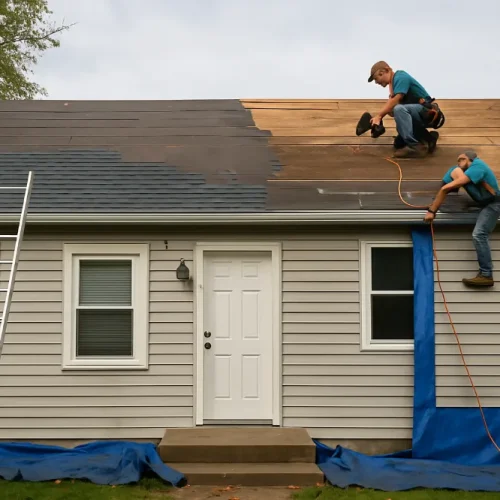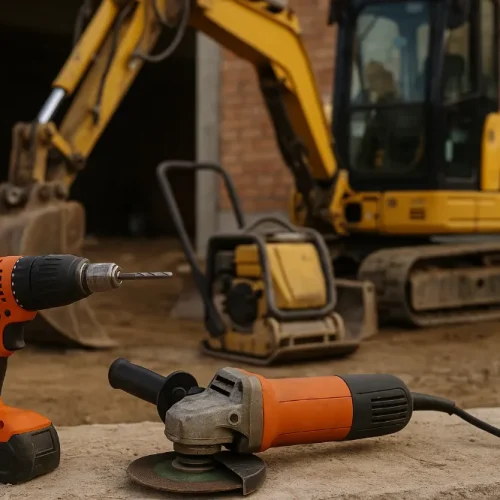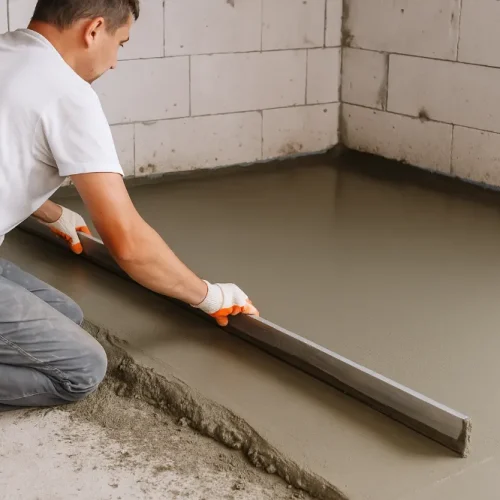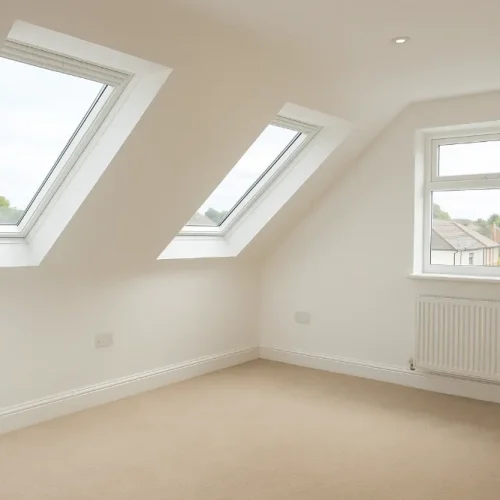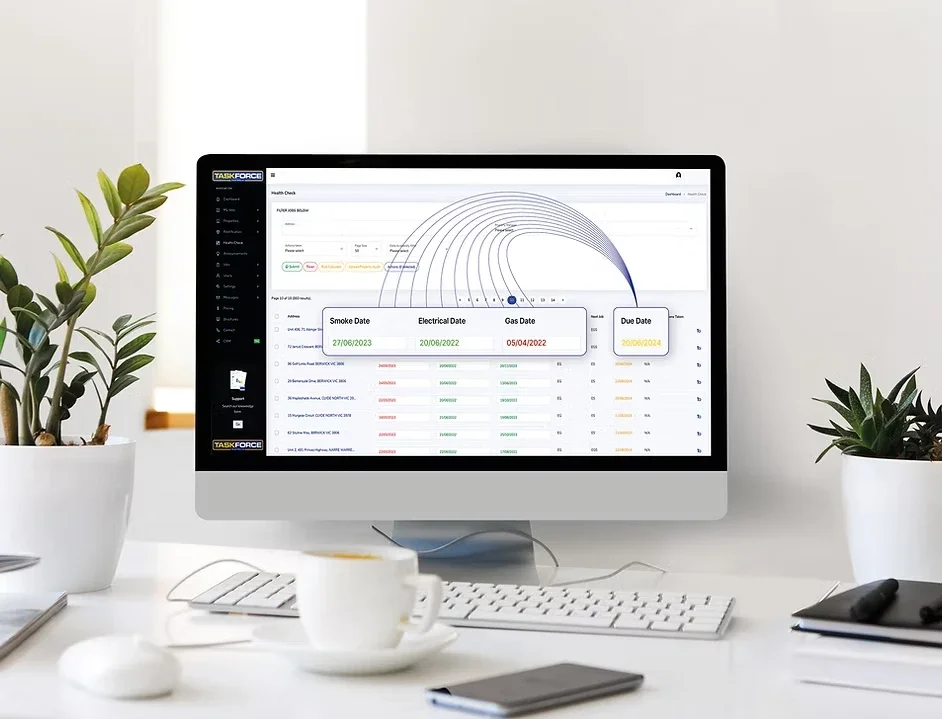
Owning a rental property is one of the smartest ways to build long-term wealth — but it comes with responsibilities beyond collecting rent. A well-maintained property keeps tenants happy, prevents costly repairs, and preserves your investment’s value. The best landlords don’t wait for things to break; they follow a seasonal maintenance plan to keep everything in top shape year-round.
This guide breaks down the ultimate rental property compliance checks for every season, helping landlords stay organized and proactive no matter the weather.
Why Seasonal Maintenance Matters
Routine maintenance does more than keep your property looking good. It protects you from expensive emergencies, such as burst pipes, HVAC failures, or roof leaks. Tenants notice when a property is well cared for — and that often leads to longer leases and fewer vacancies.
By tackling maintenance seasonally, you can:
- Spread out costs and labor over the year
- Spot small issues before they become major problems
- Maintain compliance with safety and health regulations
- Keep your property energy-efficient and appealing to tenants
Let’s dive into what you should do each season to keep your rental running smoothly.
Spring Maintenance Checklist
Spring is all about refreshing and inspecting your property after the wear and tear of winter. It’s the perfect time to check for damage caused by cold weather, moisture, or snow.
Exterior
- Inspect the roof for missing or damaged shingles.
- Clean gutters and downspouts to prevent leaks and water buildup.
- Check siding and paint for cracks, mold, or rot.
- Examine walkways and driveways for cracks caused by freezing temperatures.
- Inspect fences and gates, tightening or replacing any loose hardware.
- Power wash decks, patios, and exterior walls to remove dirt and mildew.
Landscaping
- Trim trees and shrubs, especially those near windows or roofs.
- Reseed or fertilize lawns for healthy summer growth.
- Test the sprinkler system and repair broken heads.
- Remove debris like fallen branches or leaves from the yard.
Interior
- Inspect for water damage or leaks in basements, ceilings, and around windows.
- Check the HVAC system — replace filters and schedule a professional tune-up.
- Test smoke and carbon monoxide detectors.
- Inspect windows and doors for drafts and reseal as needed.
Spring maintenance ensures your property is safe, energy-efficient, and ready for new tenants or lease renewals.
Summer Maintenance Checklist
Summer brings heat, humidity, and increased tenant activity. This is the best season for upgrades and preventative maintenance that require good weather.
Exterior
- Paint or touch up the property’s exterior to protect against sun damage.
- Inspect and clean windows, ensuring screens are in good condition.
- Check the roof and attic ventilation to prevent heat buildup.
- Inspect the foundation for cracks or moisture issues.
- Test outdoor lighting and security systems for proper function.
Landscaping
- Keep grass mowed and gardens maintained.
- Check irrigation systems weekly to avoid water waste or overwatering.
- Remove weeds and keep pathways clear for safety.
Interior
- Inspect plumbing for leaks, especially around toilets, sinks, and water heaters.
- Test air conditioning units — tenants rely heavily on these during summer.
- Clean or replace air filters monthly during peak cooling season.
- Check ceiling fans for proper operation and balance.
- Inspect pest control barriers, as summer brings ants, insects, and rodents.
Summer is also a great time to schedule major renovations or property improvements, since weather conditions are ideal and contractors are more available.
Fall Maintenance Checklist
Fall is the season to prepare your rental property for colder weather. A few simple steps now can save thousands of dollars in winter repairs.
Exterior
- Clean gutters and downspouts again after leaves have fallen.
- Inspect the roof and repair any damage before snow arrives.
- Seal cracks and gaps in walls, windows, and doors to prevent drafts.
- Drain and store garden hoses to prevent freezing.
- Shut off outdoor faucets and winterize sprinkler systems.
- Check exterior lighting for proper illumination as days get shorter.
Landscaping
- Rake leaves and clear yard debris to prevent mold or pests.
- Trim tree branches that could break under the weight of snow or ice.
- Apply fall fertilizer to the lawn to encourage spring growth.
Interior
- Service the heating system and replace filters before the first freeze.
- Inspect the fireplace and chimney for blockages or buildup.
- Test smoke and CO detectors again, replacing batteries if needed.
- Check insulation in attics, basements, and around pipes.
- Reverse ceiling fan direction to push warm air downward.
Fall maintenance ensures your tenants stay comfortable and your property stays protected all winter long.
Winter Maintenance Checklist
Winter is all about prevention and safety. Cold temperatures, ice, and snow can cause serious damage if not managed properly.
Exterior
- Keep pathways, stairs, and driveways clear of snow and ice to prevent slips.
- Monitor the roof for ice dams, which can cause leaks.
- Check gutters for blockages after snowstorms.
- Inspect exterior vents and chimneys for obstructions.
- Ensure outdoor lighting provides good visibility for tenant safety.
Interior
- Monitor indoor humidity levels to prevent condensation or mold.
- Inspect for drafts and add weatherstripping as needed.
- Check pipes in unheated areas (like basements and attics) for insulation — or wrap them to prevent freezing.
- Remind tenants to keep the heat on, even when away, to prevent frozen pipes.
- Test carbon monoxide detectors, especially if using gas heating.
- Perform mid-winter maintenance checks to catch any problems early.
Winter maintenance helps avoid emergencies and keeps tenants safe and satisfied during the harshest months of the year.
Bonus: Year-Round Maintenance Tips
In addition to seasonal tasks, there are a few ongoing maintenance duties every landlord should stay on top of throughout the year:
- Respond to tenant repair requests promptly — small problems grow fast.
- Inspect the property between tenants and document everything.
- Keep a maintenance log to track recurring issues.
- Budget 10% of your rental income for maintenance and repairs.
- Work with reliable contractors — plumbers, electricians, HVAC pros — before you need them.
Final Thoughts
Owning a rental property isn’t just about collecting rent — it’s about protecting and enhancing your investment. A proactive maintenance plan reduces costly emergencies, boosts property value, and keeps tenants happy and loyal.
By following this seasonal rental property maintenance checklist, you’ll stay ahead of problems, extend the life of your systems and structures, and maintain a professional reputation as a responsible landlord.
Consistent upkeep isn’t just good business — it’s the foundation of long-term success in real estate.
FAQs
Seasonal upkeep prevents costly repairs, extends system life, and keeps tenants satisfied year-round.
A full inspection each season—spring, summer, fall, and winter—keeps your property in top shape.
Roof checks, gutter cleaning, HVAC tune-ups, and landscaping refreshes are key spring tasks.
By ensuring HVAC efficiency, fixing leaks, and scheduling upgrades during fair weather.
Clean gutters, inspect heating systems, and seal drafts to prevent heat loss and damage.
Keep pathways clear, insulate pipes, and monitor heating systems to prevent freezing issues.
Responding to tenant repairs promptly, logging maintenance, and budgeting for recurring costs.
Proactive upkeep shows care and reliability, encouraging longer leases and fewer complaints.
Use a digital calendar or property management app to track seasonal and annual tasks.
Yes, professionals ensure compliance, safety, and quality work—especially for HVAC, roofing, and electrical systems.


